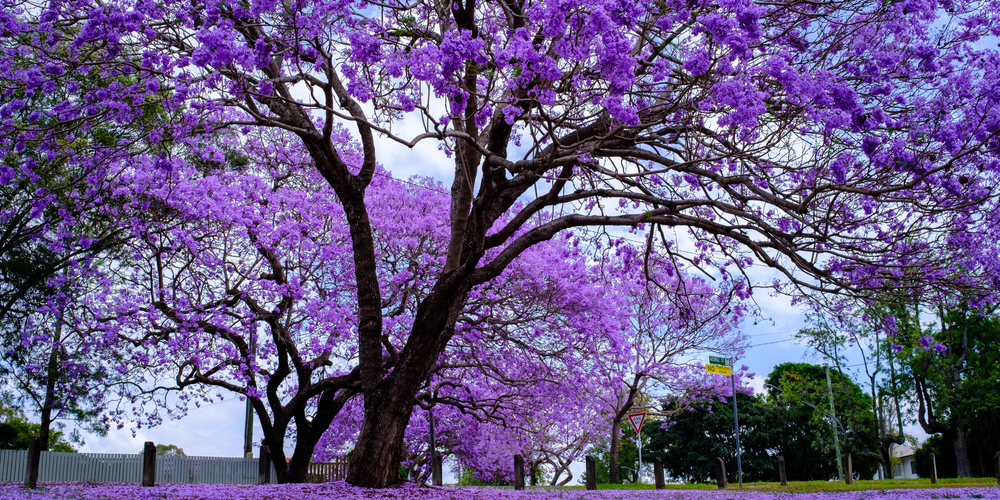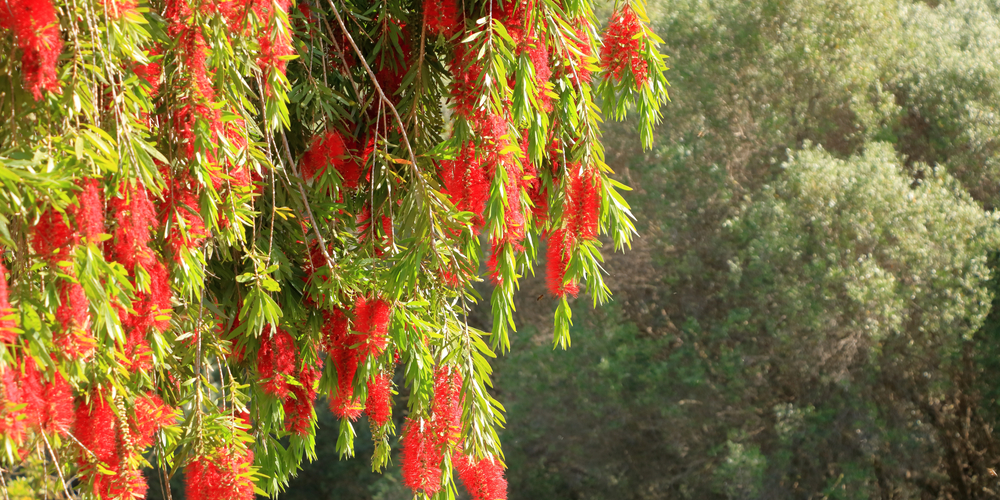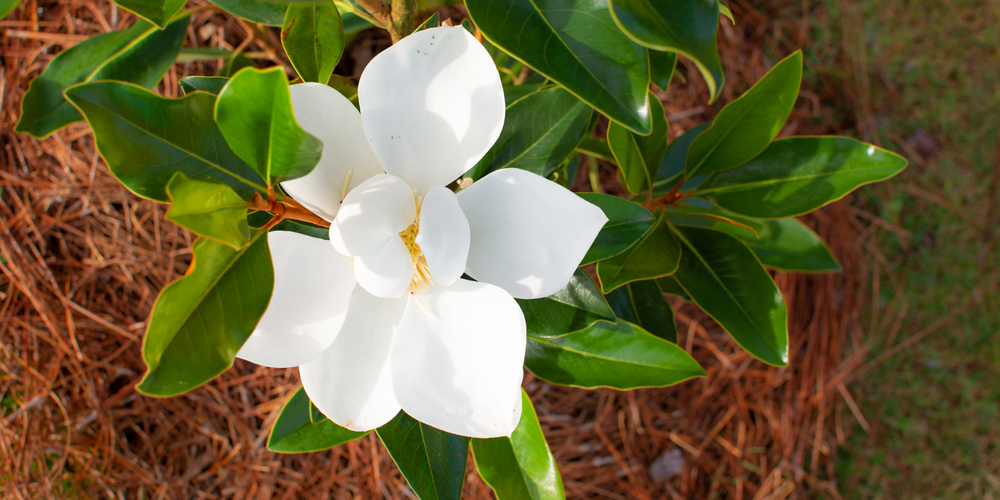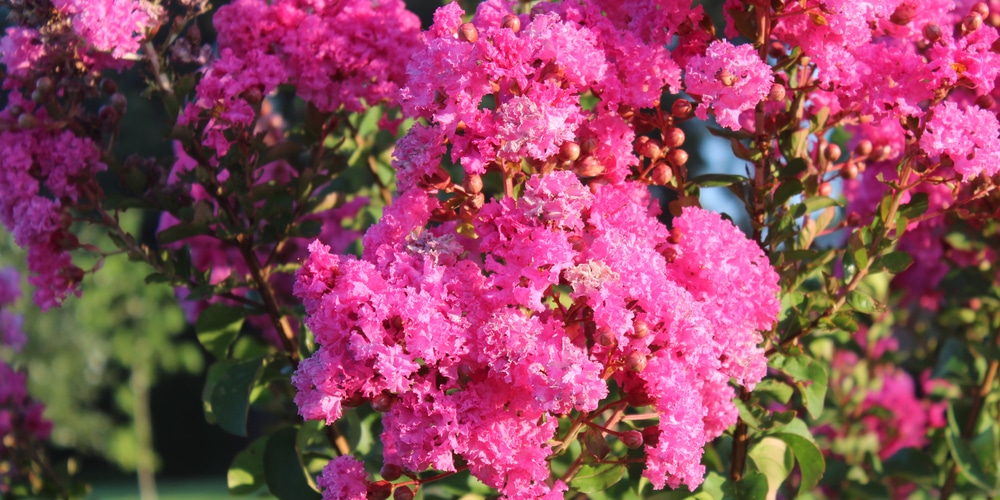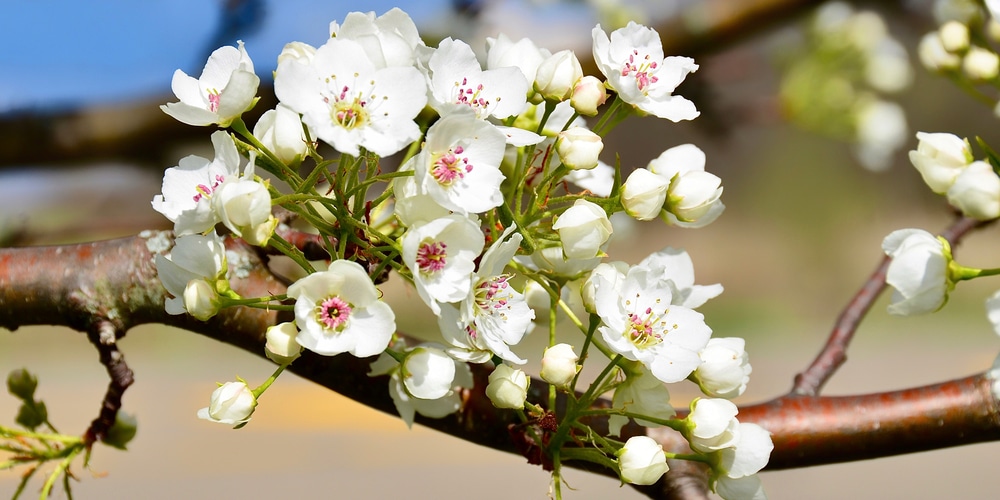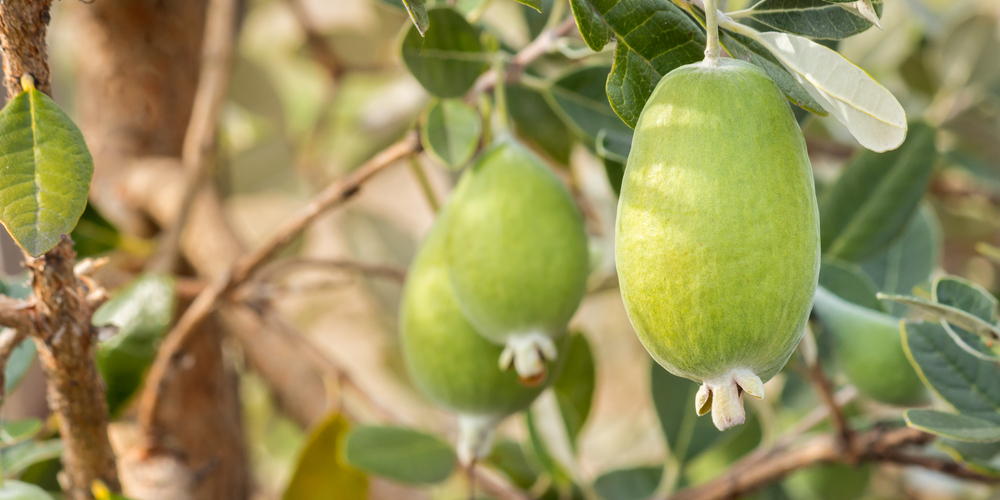Characterized by their eye-catching allure, flowering trees are an excellent addition to any yard, garden, or compound. They can significantly improve the aesthetics of your landscape while providing you with seasonal fragrances. Some of these trees can also grow big enough to offer shade and privacy.
If you plan to grow flowering trees in zone 10, you need to carefully pick species that can survive the warm climate experienced in this area. For those living in zone 10, you are already accustomed to the hot summers and low winters where temperatures drop to 30 to 40 degrees F. Fortunately, there are plenty of trees that are also used to this climate.
Zone 10 flowering trees
One of the perks of zone 10 is that the temperatures rarely get extremely low. So, you are assured of trees flowering and producing fruit all year round. Below we will share the best zone 10 flowering trees and additional tips on how to grow these trees in your yard.
1. Jacaranda
This being a list of best flowering plants for zone 10, we had to start with the one that would make a statement when planted in your compound. It’s impossible to pass by a jacaranda tree without turning to marvel at its purple trumpet-shaped blossoms. Even if you don’t notice the flowers, the fragrance should draw your attention.
The Jacaranda thrives well in zone 10. It’s typically a tropical tree that requires full sun and should be grown in sandy soil with excellent drainage. Jacaranda can be grown indoors, but the chances of blooming will be rare.
Though beautiful, this flowering plant can leave behind a huge mess. It’s best to plant it somewhere you won’t mind the leaves falling from time to time.
2. The Weeping Bottlebrush
Its name was coined from the characteristics this flowering plant portrays. When you look at the blossoms of this tree, they appear to be weeping. This is a unique feature that you won’t find in most flowering trees. Not to mention, the blossoms are red.
The weeping bottlebrush grows into a rounded shrub when not pruned. It needs full sun exposure and moist soil to thrive. It is an Australian native and is grown in areas with conditions similar to zone 10.
3. Little Gem Magnolia
The Little Gem Magnolia works best as a standout landscape specimen. This evergreen flowering plant can add beauty to your front yard, next to a patio or deck. You can also place it in large containers.
The Little Gem Magnolia allows you to enjoy all the glamour of the Southern Magnolia, only that it comes in a tinier size. If you were on the hunt for the perfect ornamental flowering tree for zone 10, you should settle on this option.
It often blooms within two years, and the blossoms produce a relaxing fragrance. When you plant the Little Gem Magnolia, you will enjoy its evergreen foliage throughout the year.
4. Crepe Myrtle Tree
The crepe myrtle tree is a sun lover that can withstand the winters of zone 10. If taken proper care of, this tree can live for more than 50 years. Despite being a tree that promises to serve you and your garden for decades, the crepe myrtle tree is exceptionally beautiful.
The first thing that will capture your attention is pink flowers which resemble crepe paper. It boasts of a dark green foliage that turns red, orange, and yellow in fall.
It’s a medium-sized tree, therefore a great choice if you have limited yard room. In zones 8 to 10, this tree is a favorite to most gardeners and homeowners.
One of the reasons for that is its production of colorful flowers and foliage throughout the year. Please note that this myrtle needs a lot of sun. be very keen when picking a planting site.
5. Ornamental Flowering Pear Trees
For gardeners interested in the looks and not the fruits, this ornamental flowering pear tree should be a great choice.
This tree blossoms during spring, and the leaves feature various colors throughout the year. For instance, the leaves are medium green in summer, and they turn red-bronze when the winter sets in.
Please note that this particular tree is strictly ornamental. You should avoid eating the fruits produced. The fruits tend to be smaller and are generally not sweet. However, if you can keep up with the mess associated with pear fruits, you can find a fruit-bearing variety.
6. Pineapple Guava
When it comes to edible landscaping, very few trees come close to pineapple guavas. This tree is packed with tons of features that you will find interesting. First is its thick evergreen foliage.
If you appreciate color in your yard or garden, the Pineapple Guava won’t disappoint. Flowers blossom during spring, and when that happens, you and your neighbors will be in for an impressive show.
These flowers contain red stamens with gold tips that come from pink petals. As if that’s not enough, the fruits are edible. You can expect to harvest the fruits around fall. During the early stages, pineapple guavas need special care and attention. But once they mature, this will be the most carefree plant in your garden.
A Quick Guide on Planting Flowering Trees in Zone 10
These six are the best flowering trees that will do well in zone 10. However, there are many more options. When selecting a tree to plant in your garden, you need to pick it carefully.
It can be tempting to go for the one with showy flowers and colors, but remember that aesthetic appeal isn’t the only factor you must consider. Here are things to keep in mind when choosing a zone 10 flowering tree.
1. Size – Some of these trees grow fairly big such as the Jacaranda, and others retain a short height. You have to evaluate the size of your compound and whether it will accommodate the tree size when it matures.
2. Diseases – There is nothing more frustrating than watching a tree you have invested time and resources in dying. It’s important to diagnose diseases in advance, and it’s even better if you can prevent them entirely.
3. Environmental conditions – If a tree you’re planting needs full slight, don’t deny its basic need. Find a spot that receives adequate light. Do the same for soil and water needs.
4. Flowering trees in zone 10 should be planted during spring or the beginning of fall. Ensure that you feed it with water and fertilizer if necessary.
Zone 10 flowering trees: Final Thoughts
Zone 10 hot summers and mild winters create the perfect environment for some tree species. The above are perfect examples. All trees in this list should do well in one 10.
And considering how mild the winters are, you are assured of seeing flowers and fruits almost all the time.
Even though this environment is great for these trees, they still need special care and attention.
Related Article: Can Cherry Blossom Trees Grow in Pennsylvania?
